Becoming a Mystical Wheel
Invitation to Conduct a One Week Experiment
In 2018 we were inspired by a series of dreams to write The Spiritual Engineering of Sacred Ecstasy. It’s a practical book that introduces the underlying dynamics of ecstatic spirituality—how to spiritually “cook.” You’ll have to read the book to discover what we mean by “engineering,” how your body is primarily a biopsychic resonator and transducer of acoustic and mechanical vibration, what all that has to do with Charles Henry’s (1859–1926) laboratory at the Sorbonne, and why the spirit of Bob Hope drinks a bottle of peach juice every day.
This week, we simply want to remind you that you are not primarily a psychological being in need of healing, contrary to what you have been taught. You are a mystical wheel in need of turning. Spending one whole week (better yet, the rest of your life) enacting this truth will do more to change your physical, mental, emotional, and spiritual condition than any insight, thought, or rumination about your situation.
The Spokes of the Wheel
We reverse engineered how people stir up sacred ecstasy in ceremonies and healing sessions around the world. We found that despite all its varieties of expression, ecstatic experience always begins with the mix of four main ingredients: soulful tone, fascinating rhythm, spontaneous body movement, and sacred emotion. This is what the ingredients look like when they lie dormant in your inner spice cabinet, waiting to be gathered and blended:
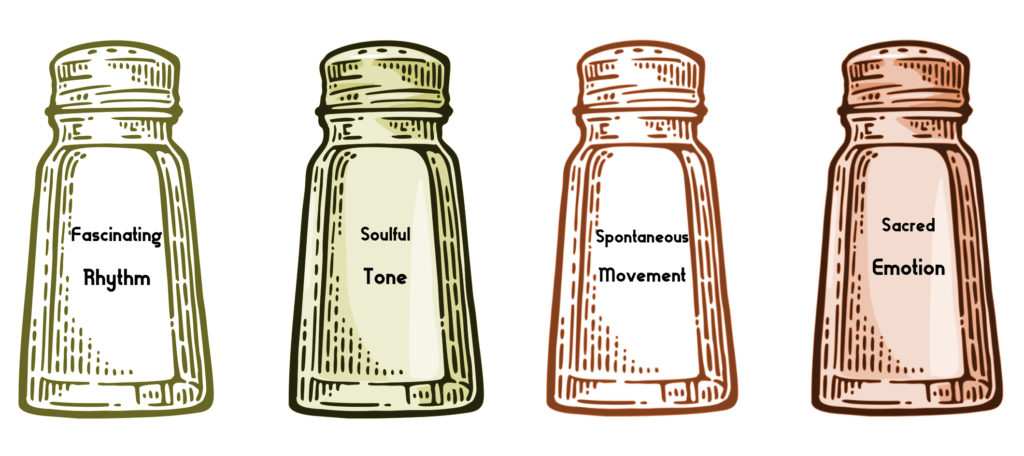
These ingredients must meet and greet one another in the back and forth of a call and response in order for your spiritual temperature to rise. Although actual sound-making instruments may be involved in the production of rhythm and tone, you only need one instrument—your own body. Begin with any of its ingredients and respond to it with another. A rhythm “calls” for the body to respond with movement. A vocal tone calls for a rhythm on which it can ride. When you feel a surge of sacred emotion, it calls for you to respond with a pleasing tone or celebrative melody. When the ingredients are aligned in a call and response, they become connected to one another like the spokes of a wheel.
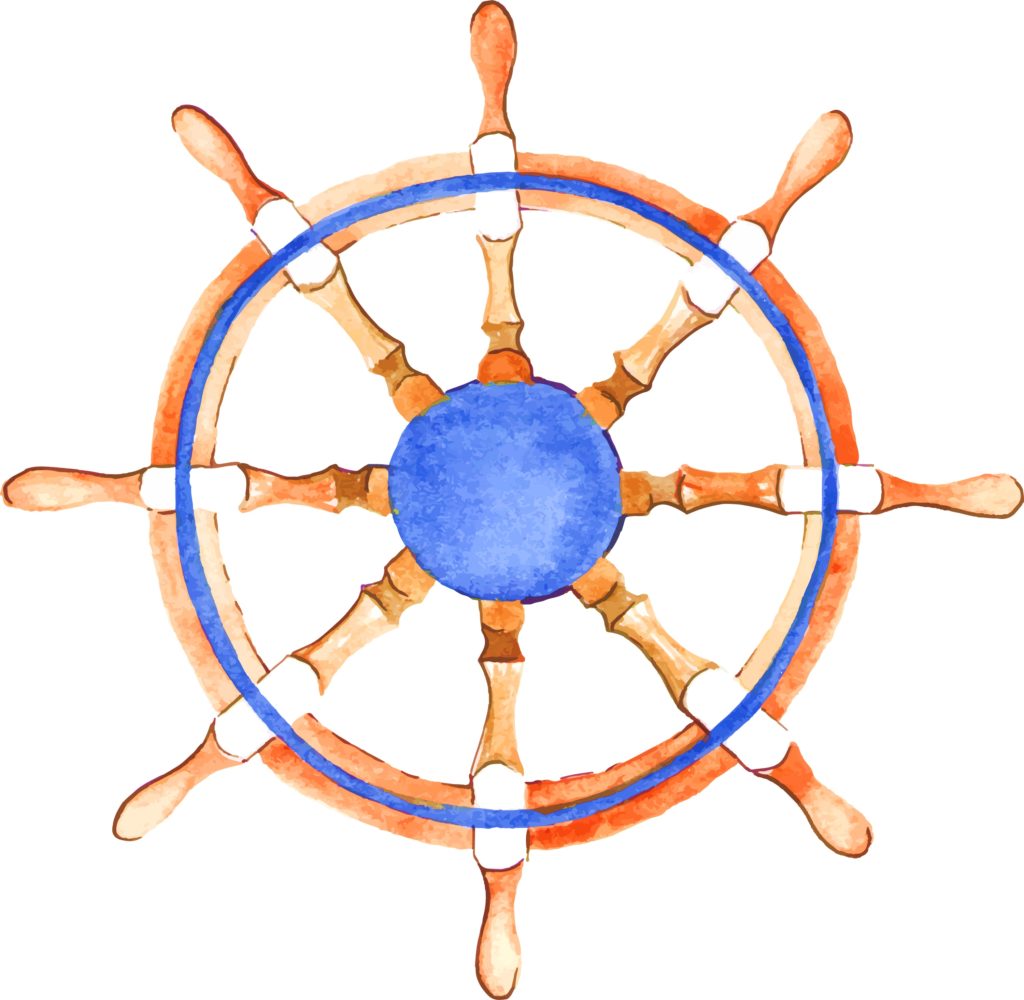
As the ingredients blend into spokes, the wheel forms, turns, and gains momentum until it is impossible to discern which ingredient is the call and which is the response. You feel toned by movement, moved by rhythm, drummed by emotion, and most of all carried away by the circular motion of the whole wheel. This movement makes the room expand and the spiritual temperature soar, waking up the sacred vibration in your body—the ecstatic pulse of life itself. Furthermore, your wheel can be coordinated with the wheels of others, creating a wheel within a wheel within a wheel… all in sync with divine resonance.
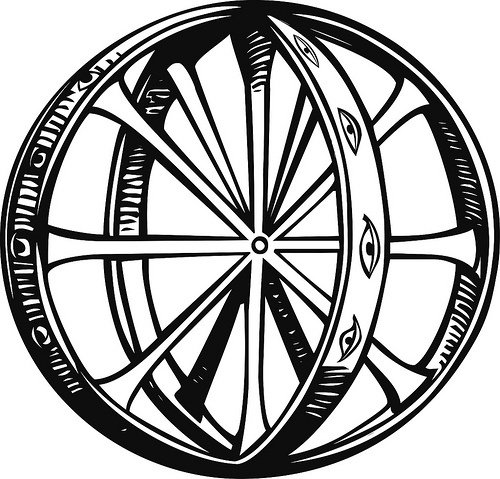
Prayers that Ride the Wheel
It is not the speed at which a wheel turns, but the intensity of emotion you feel and the degree to which all observation and sideline narration give way to the improvisational expression of your body instrument. The most important ingredient, sacred emotion, is what makes the wheel able to evoke, ignite, excite, and convey ineffable mystery. When the wheel prays it becomes a deeply felt rather than trivially conceptualized means for communicating with the divine.
When the source and force of creation is regarded as a personal friend, parental figure, guide, doctor, or teacher, your relationship with divinity is warmed rather than chilled by considering it a non-intimate cosmic principle or metaphysical abstraction. Prayers that have wheels provide the spiritual transportation to the big room of mystery known to old school mystics, shamans, and healers. As Guarani shaman Tupa Nevangayu tells us, “The life of a shaman is the life of prayer. This is most essential.”[1]
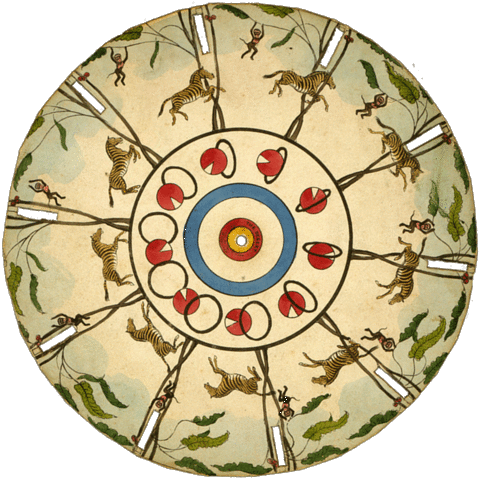
Sincerely call on a hallowed name to activate an emotional connection—the electrical cord and musical chord that pull you closer to divinity. People all over the world tonally, rhythmically, and kinetically pray to their dearly beloved Lord, God, Jehovah, Great Spirit, Allah, Jesus, Mary, Krishna, Big Holy, Creator, and all the names that are believed to be on the receiving end of a holy transmission line, power line, and song line.
Sacred communication does more than put you in touch with the numinous. It also builds a vaster context in which to situate your life—placing it on sacred ground as opposed to living only within the limits of the secular and mundane. With a mystical prayer wheel your existential life expands, making enough room to experience God’s creation taking place in the heart and hearth of your home. Remember: the bigger the room, the more room there is for divinity to interact with you. This automatically brings the sacred emotion that makes the spiritual temperature rise—the fire that sings a soulful tone through every bone.

Prayer without a wheel is a cold and lifeless deal. As a wheel, you aim to feel a prayer turning you. Here sacred emotion amplifies the other ecstatic ingredients, bringing passionate inspiration to the action and actor of prayer. A prayer comes to life when there is sufficient sacred emotion and celebrative body motion. You feel the spirit moving in your heart. Avoid wheel-less prayers comprised of repetitive rhetoric accompanied by a lifeless body, soulless rhythm, and unpleasing tone. Always remember the wisdom teaching that “in prayer it is better to have a heart without words than words without a heart” (Gandhi[2]). Put all prayers on a wheel whose emotion brings more motion than a soulless pile of clever words.
Turning the Mystical Wheel Day and Night
The dilemma is that you are most in need of turning the prayer wheel whenever you don’t feel like praying—those times when you are spiritually chilled. Before rushing to voice some forced prayer words, gather the cooking ingredients to blend and turn. Then add a hallowed prayer line onto the rim of the wheel. As the temperature of the words gets warmer, so will the one praying. As Soren Kierkegaard said, “The function of prayer is not to influence God, but rather to change the nature of the one who prays.”[3] Raise the temperature of your prayer and your temperature will rise in kind. Expand the room and the prayer’s reach will extend as well. Turn the wheel and the prayer will eventually pray you.
You, the mystical wheel, starts coming to vibrant life as you turn a prayer into a prayer wheel. As you move along, your prayer line becomes the lyric of a song. Now the wheel’s gear shifts and you ride a prayer-song wheel. Continue on and switch to the next higher gear to find you are journeying on a prayer-song-dance wheel. Your wheel moves from static to ecstatic and passes through its varying forms as spoken prayer, song, and dance, with each wrapped around the other. As more of the tone, movement, rhythm, and sacred emotion of you circulate, the circle becomes a sphere within an atmosphere that holds the changing of mystery.
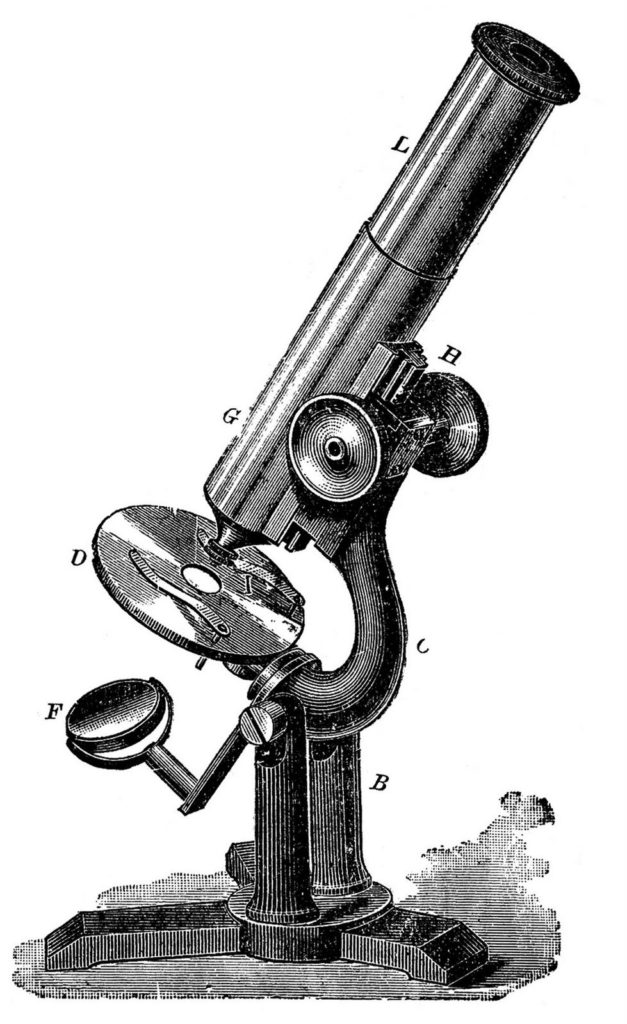
This week, conduct an experiment: forget all the stories, understandings, insights, foresights, past rehashes, and future wonderings about who you are or what you’re about. Instead, experience yourself as a wheel made of rhythm, tone, movement, and sacred emotion. Nothing more and nothing less than this can bring about your welcomed ungluing, renewing, and rearrangement from a flat line into a circle that knows how to turn any situation around. Which is to say, experience yourself as a changing instrument that can play and be played in a multitude of ways, the most exhilarating of which is to be played by the highest musician.
No matter what you’ve got going on morning to night, turn the wheel that is your truest nature. Gather and blend. Get the mystical wheel turning. Do it on the inside and do it on the outside. Keep it simple, keep it sincere, keep it experimental, and keep it cooking. Do it for one week and see how becoming the wheel changes you into a prayer that makes you more than recycled psychobiography. Become the wheel that heals and feels how divine mystery is always near.
-The Keeneys, March 8, 2019.
[1] Bradford Keeney, ed., Guarani Shamans of the Forest (Philadelphia, PA: Ringing Rocks Foundation and Leete’s Island Press, 2000), 66.
[2] It is possible Gandhi was referencing the phrase by John Bunyan, “When thou prayest, rather let thy heart be without words, than thy words without a heart.” From Nathan Whiting, The Works of that Eminent Servant of Christ, John Bunyan: Minister of Gospel, and Formerly Pastor of a Congregation at Bedford, vol. 1(New Haven, CT: Nathan Whiting,1831), 96.
[3] This quote is widely attributed to Soren Kierkegaard; however, it is actually found in his translated works as, “The prayer does not change God, but it changes the one who offers it.” Soren Kierkegaard, Purity of Heart Is to Will One Thing, trans. Douglas V. Steere (Seaside, OR: Rough Draft Printing, 2013), 34.
